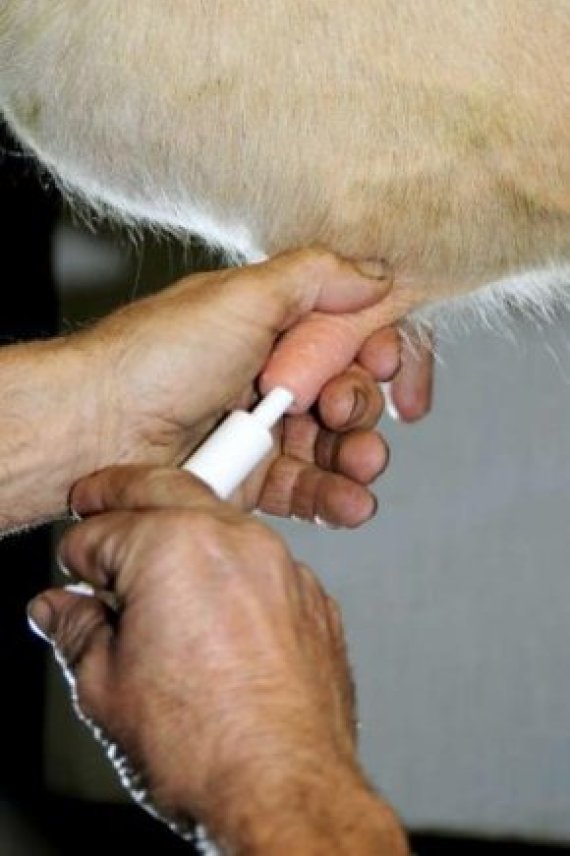Each year, the research institute LEI determines the quantity of antibiotics used by conducting a random survey of 300 animal farmers who together keep about two million cows, calves, pigs and chickens. The quantity of active substances needed to combat animal diseases has dropped from 495 tonnes in 2009 to 244 in 2012, according to the figures from the first half of 2012. LEI therefore considers it ‘very probable’ that the targeted halving of antibiotic use will already be achieved this year. The government has set 2013 as the measurement year. High antibiotic use in livestock farming threatens public health because it gives rise to more antibiotic-resistant bacteria which are increasingly difficult to fight against, for example, in hospitals. It concerns not only the number of kilograms used, but it is also important that antibiotics critical to human health should be gradually reduced in livestock farms. Fortunately, the third and the fourth generations of cephalosporin antibiotics are hardly used in livestock farms nowadays, reports LEI in the MARAN study. On the other hand, the reduction of fluoroquinolone antibiotics (29 percent) is a little behind schedule. In all the sectors, antibiotic use has been reduced, with the biggest reductions in the pig and the chicken sectors. For veal calves and cows, the percentage decrease is smaller, but the use among cows has not been high anyway. LEI expresses usage in dosage days: the number of days per year that an animal is given antibiotics. In sow farms, the number of dosage days has dropped, for example, from 25 in 2009 to 10 in 2012. The differences among the farms are, however, big: 60 percent of them have reached the targeted level, while 15 percent of the sow farmers are still big users. Since registration has now been made compulsory, farmers with a high use can be addressed and asked to set up a plan of improvement. In other sectors too, 15-20 percent of the livestock farmers still use too much antibiotics. On the average, the veal sector has made the least progress in reducing usage. The reduction in antibiotic use has led to a lowering of the risk of resistance-development, reports LEI. Veterinary researcher Dick Mevius and microbiologist Jan Kluytmans stress that in order to effectively subdue resistant bacteria, antibiotic use has to be reduced to a fraction of that used in 2009.
Antibiotics reduced by half in livestock farming
The use of antibiotics in Dutch livestock farms has gone down by 51 percent in the last three years. This is shown in the MARAN study released by LEI today. The livestock industry has therefore succeeded in complying with the government's directive to cut the use of antibiotics by half.

